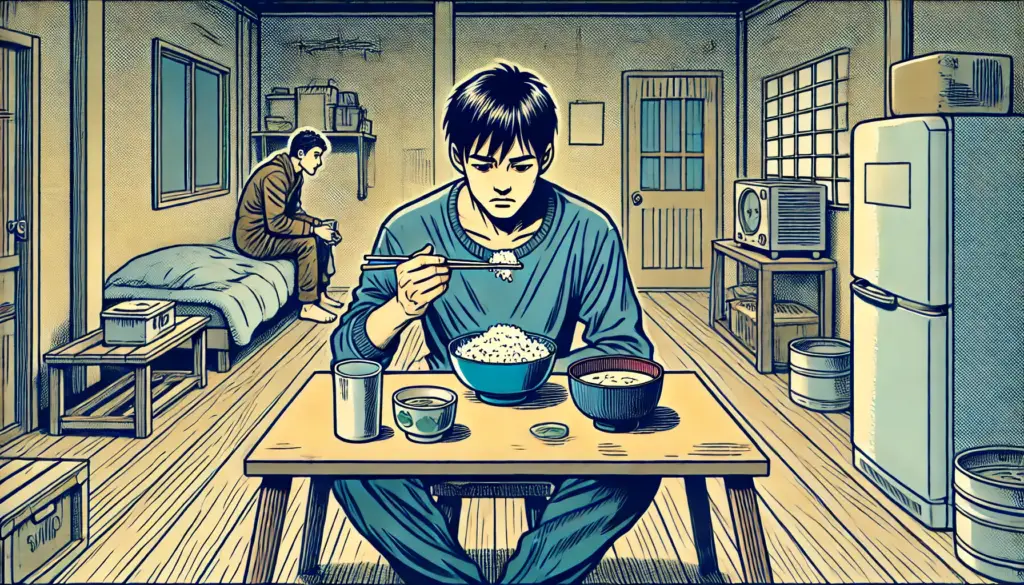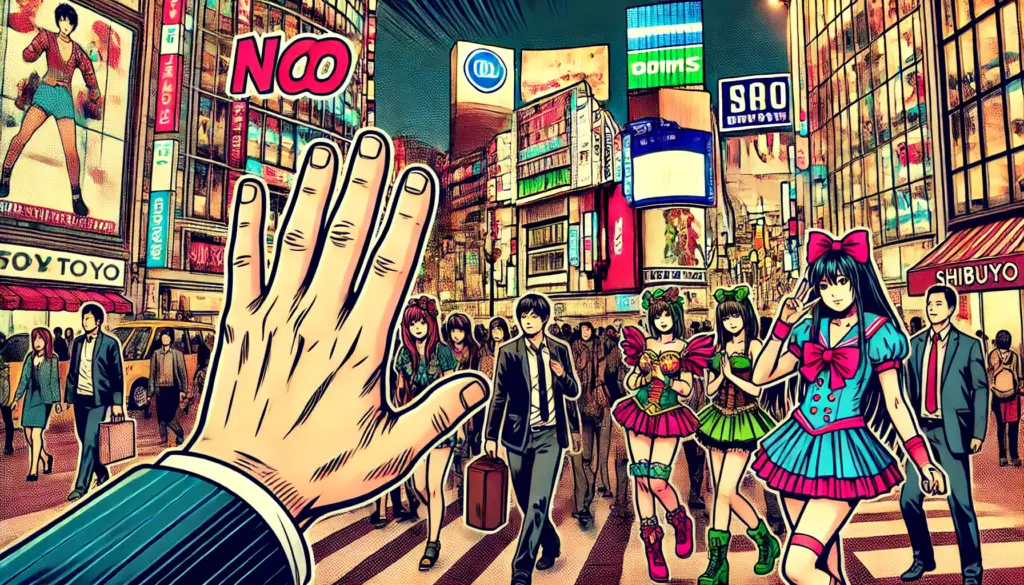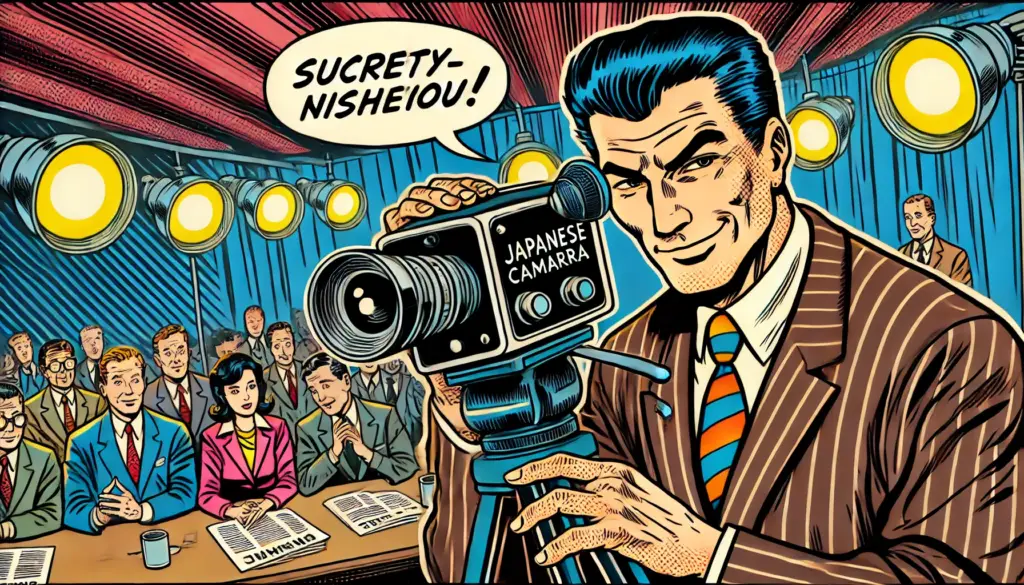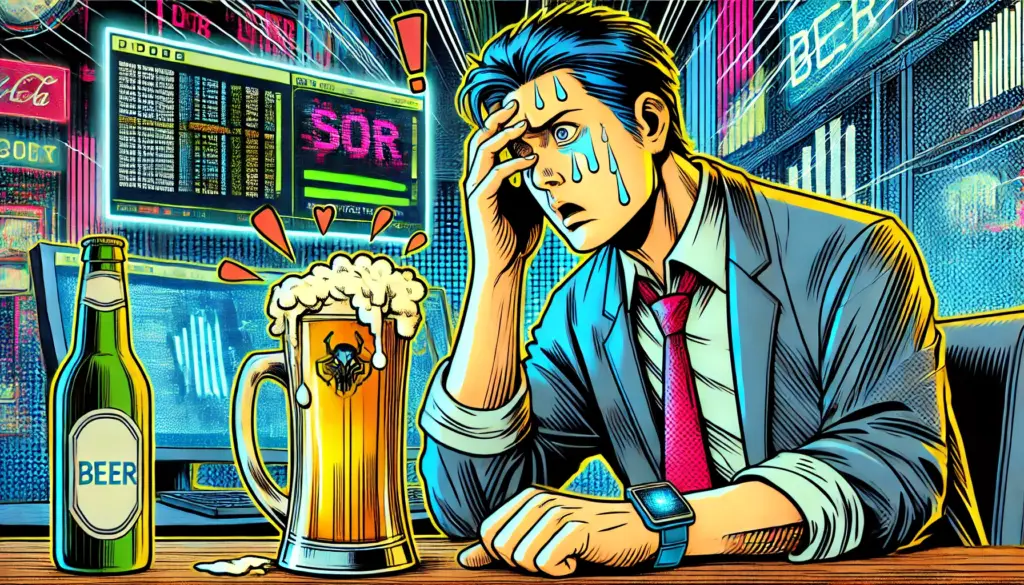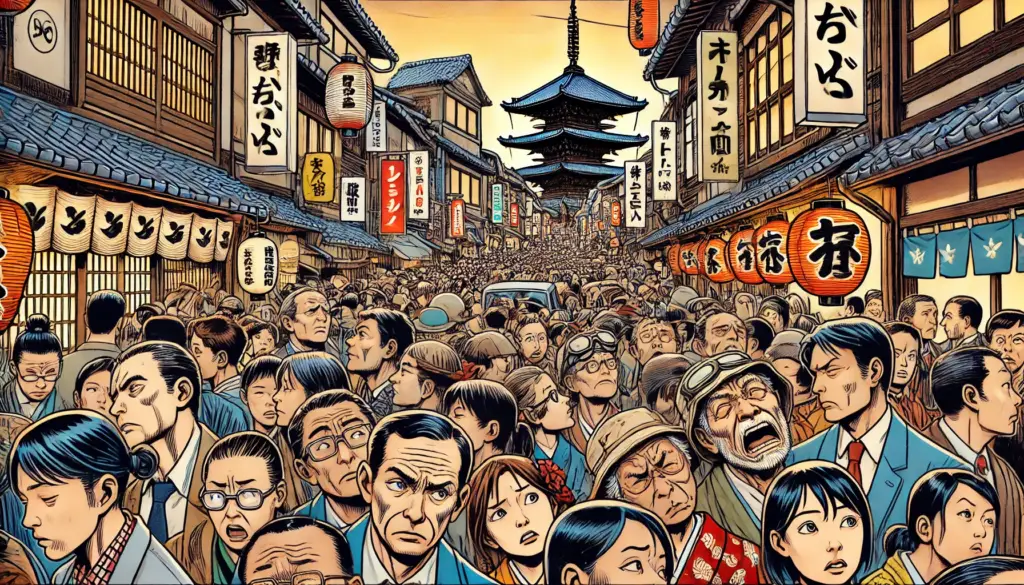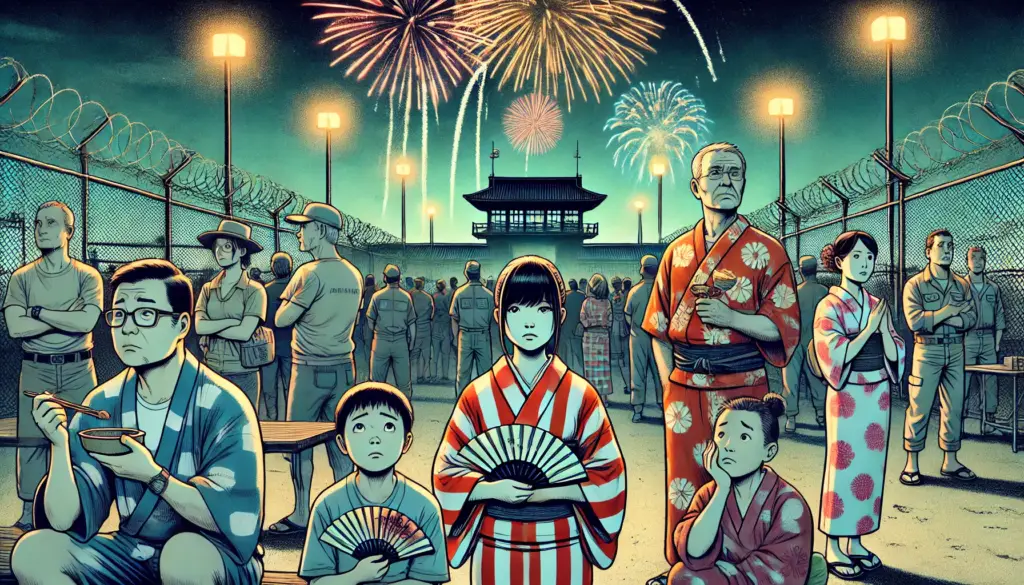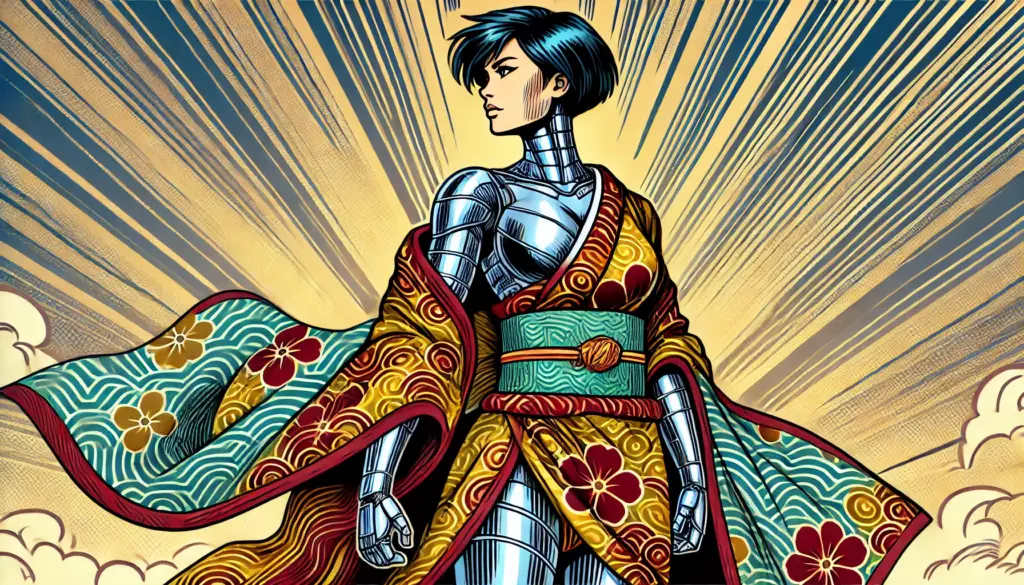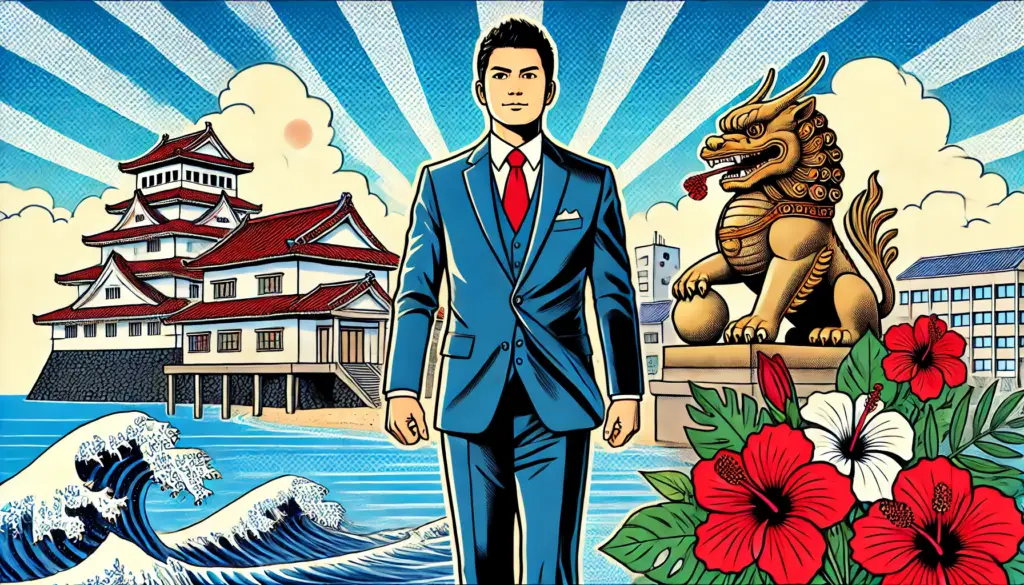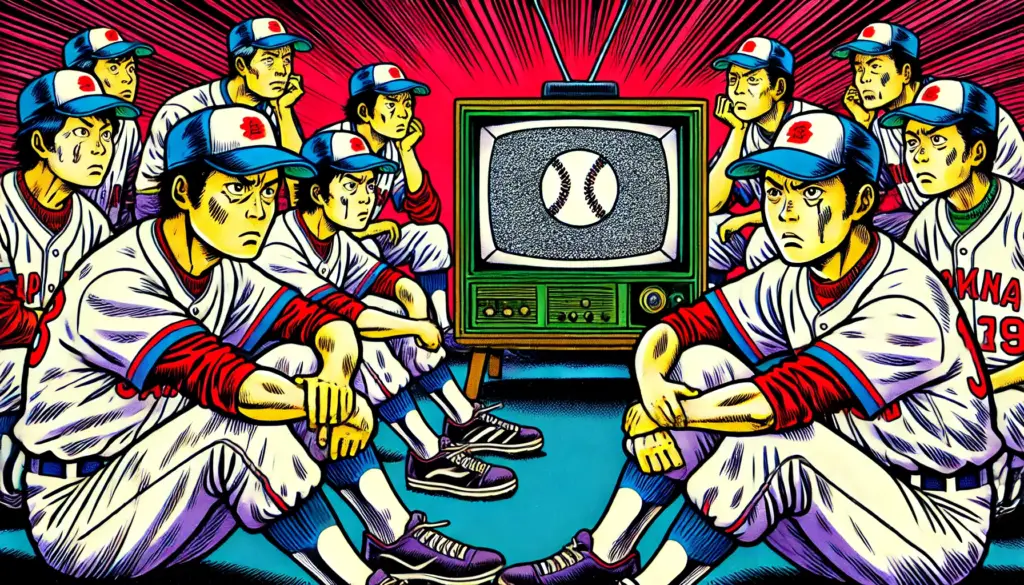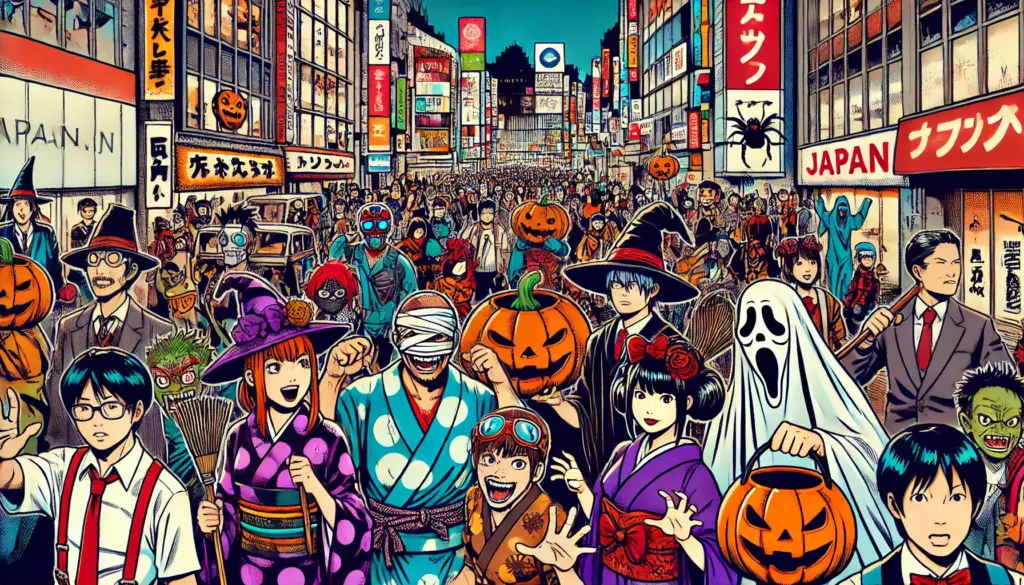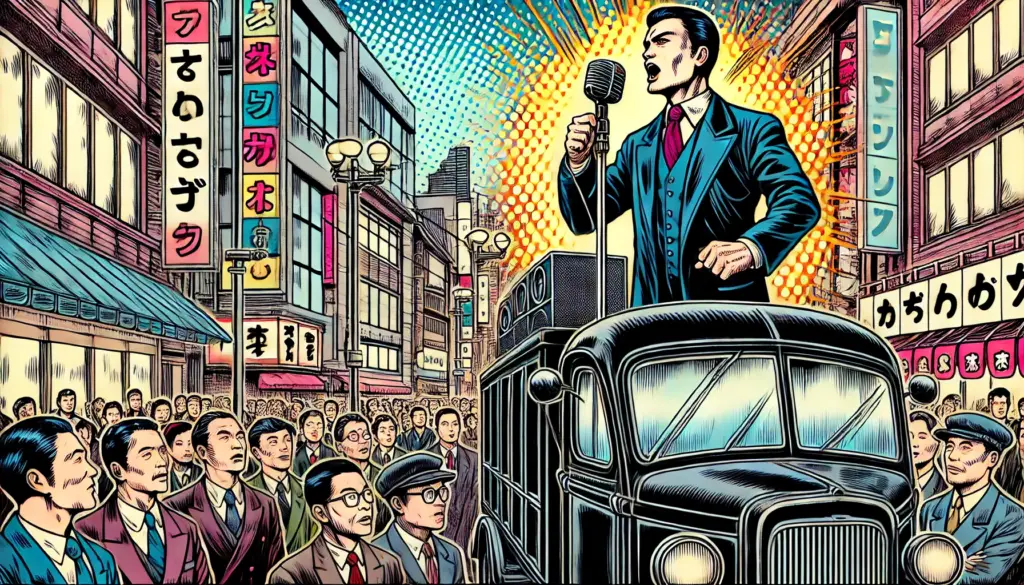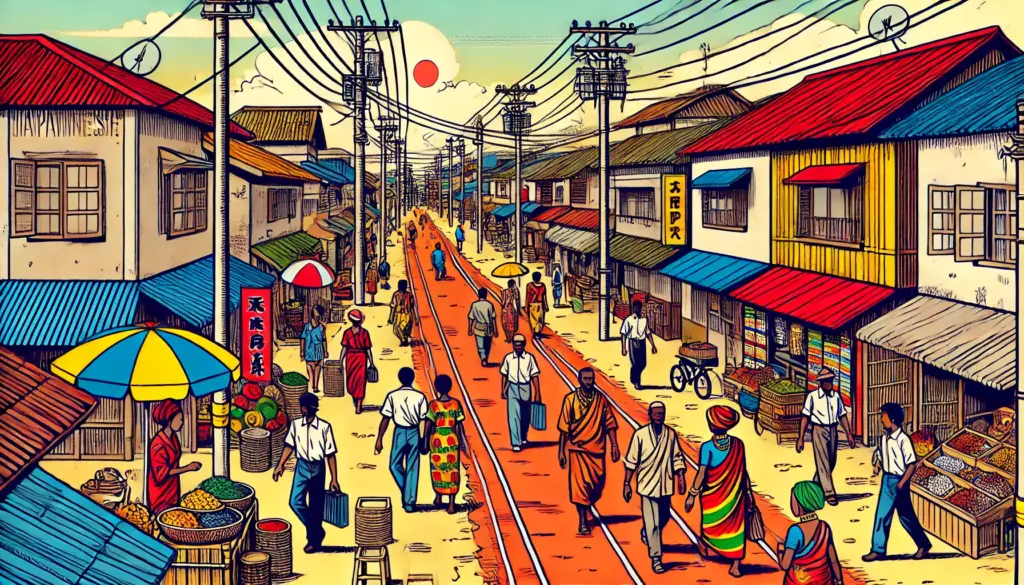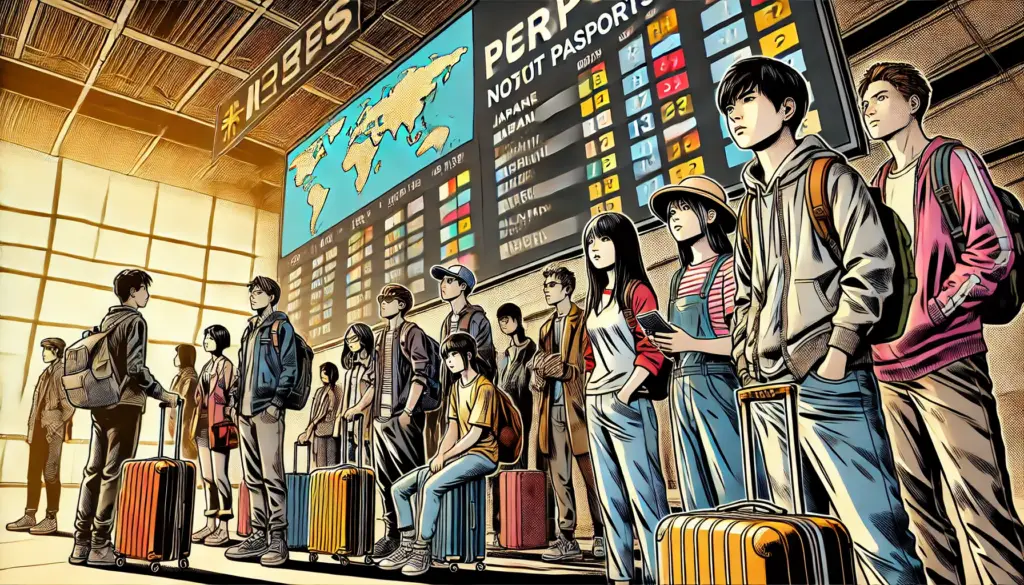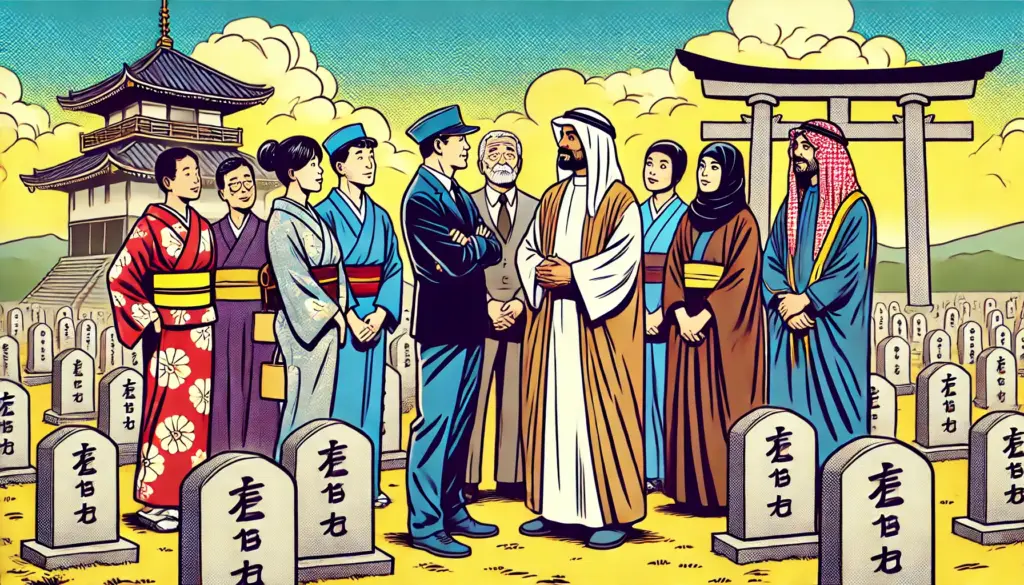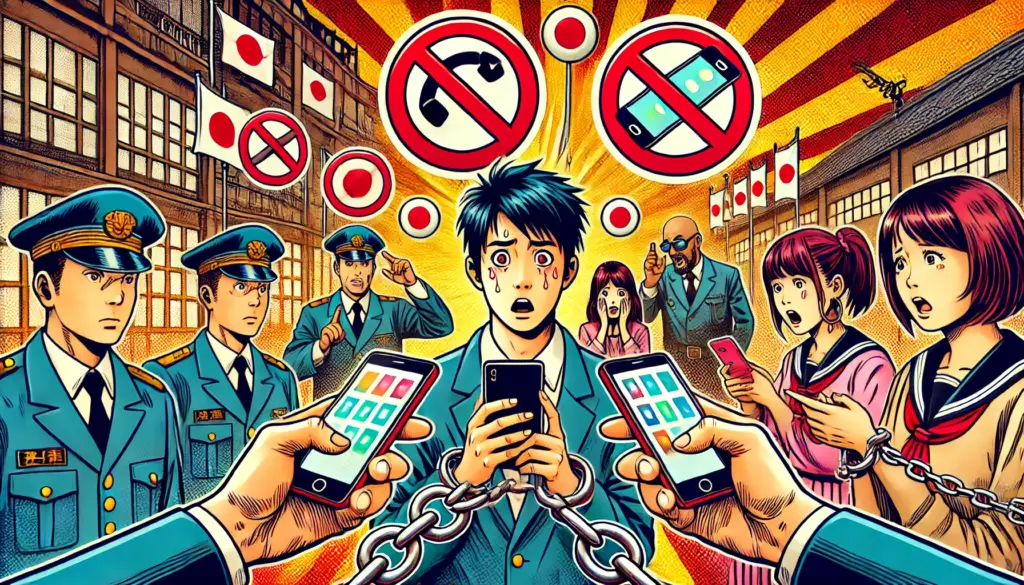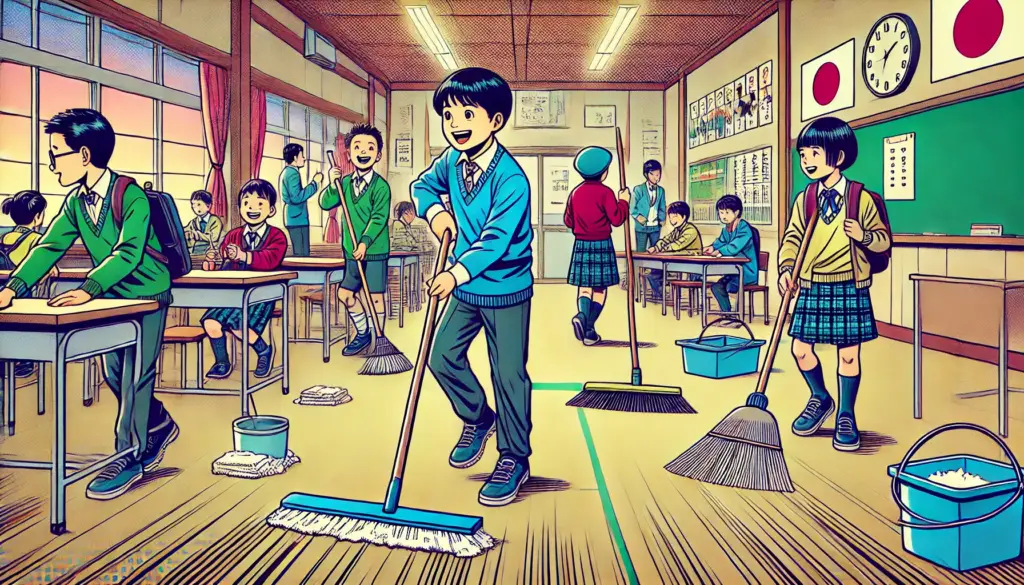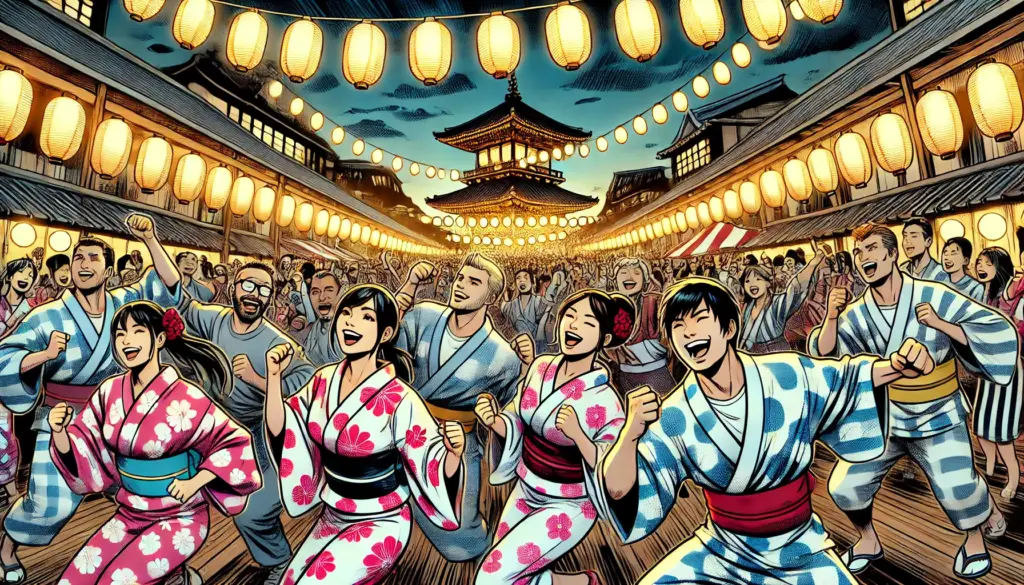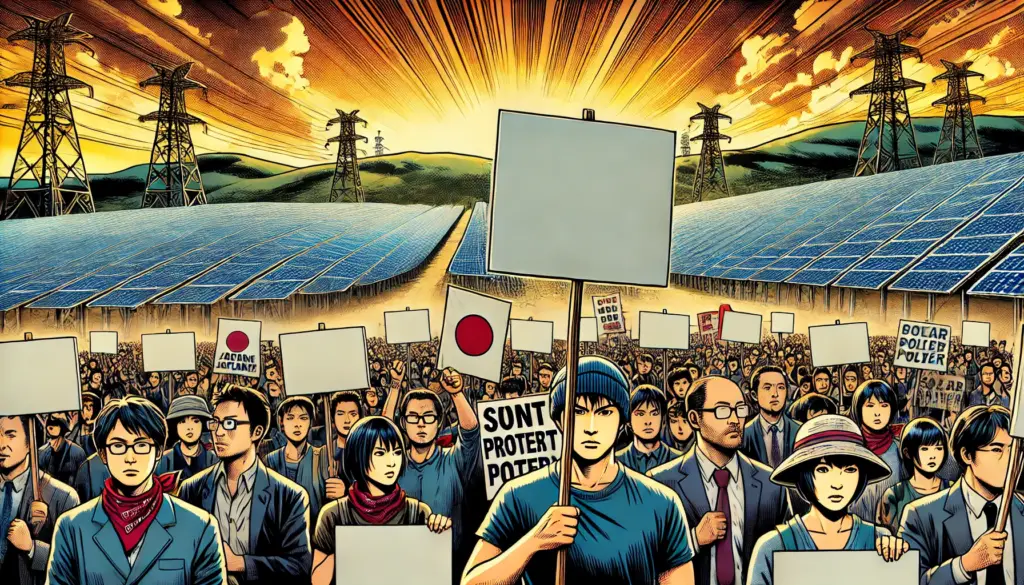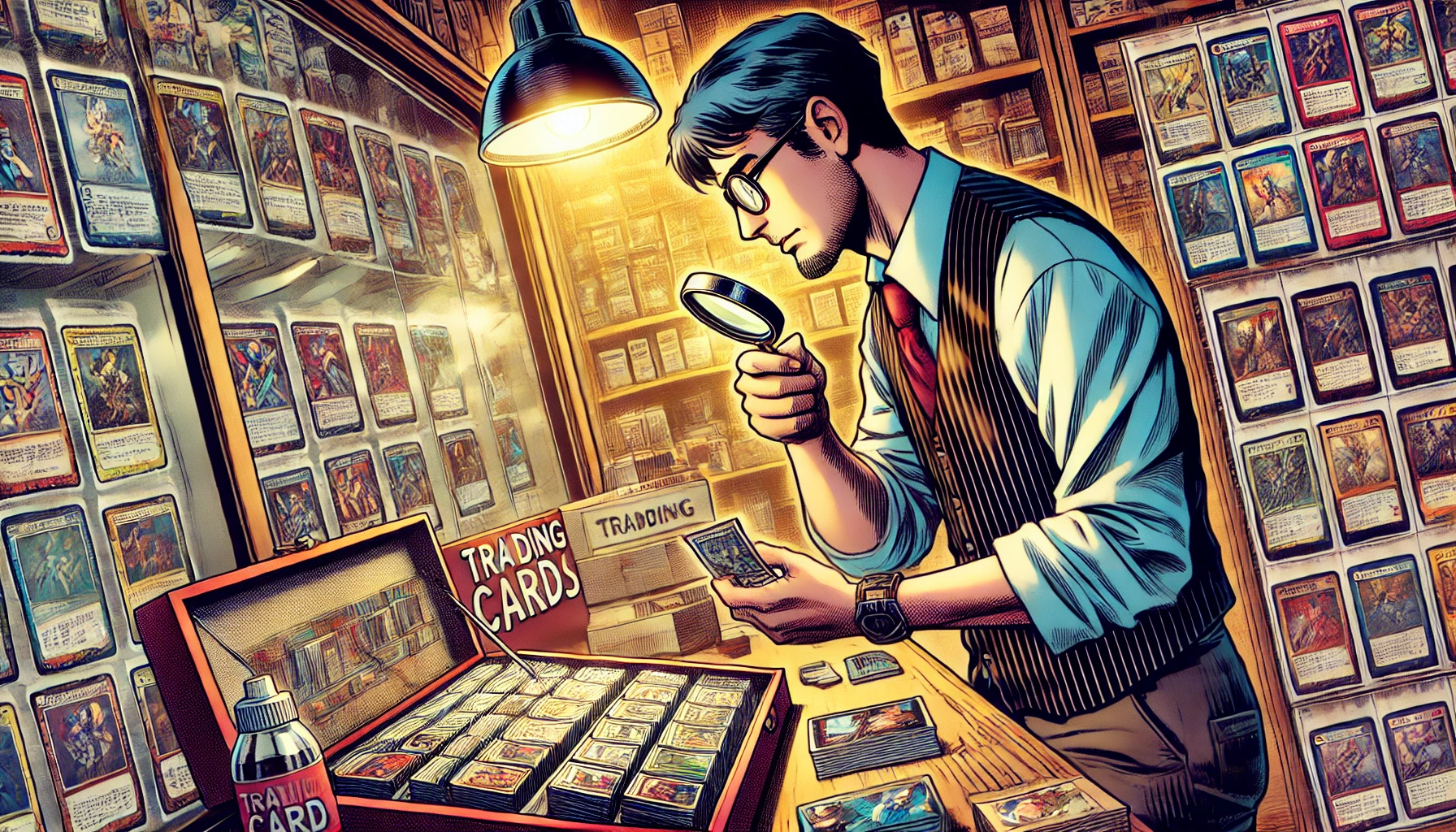
In Japan, Pokémon cards are far more than nostalgic collectibles—they’ve become semi-financial instruments in a sophisticated hobby economy. Whether you’re a seasoned investor or a casual fan, understanding how prices are set (and how you can verify them yourself) is key to mastering the game behind the game.
🔍 What Shapes Card Prices—and How to Check It Yourself
1. Rarity & Print Run
What it means:
Rarity is the foundation of any card’s value. In the Pokémon TCG, rarity levels such as R (Rare), RR (Double Rare), SR (Super Rare), UR (Ultra Rare), and SAR (Special Art Rare) drastically affect price. Cards from limited print runs, tournaments, or special boxes hold even more value.
How to check:
- Look at the card’s bottom corner. Japanese cards have coded symbols or alphanumeric indicators such as “SV4a-###/### SAR” or “UR”.
- Compare these with known rarity charts—some apps and reference books provide visual rarity indexes.
- For ultra-limited or event-only cards, search official event archives or collector forums to see if it was region-exclusive or short-printed.
Pro tip: Cards that are reprinted often lose long-term value unless they are from a highly collectible set.
2. Card Condition and Grading
What it means:
Even the rarest card will drop in price if it’s scratched, bent, or poorly centered. “Mint” condition cards, especially those graded by companies like PSA, BGS, or CGC, command exponentially higher prices.
How to check:
- Under natural light, inspect: edges, corners, centering, and surface gloss.
- Use sleeves and card magnifiers to scan for micro-damage.
- If buying online, request high-resolution front and back images.
- For high-value purchases, use services offering third-party authentication (e.g., shop authentication systems or flea market platforms that provide “verified” seller badges).
Pro tip: Ungraded but pristine cards can be a buying opportunity—submit them for grading to increase value later.
3. Market Demand vs. Supply
What it means:
A card’s price is ultimately defined by what someone is willing to pay for it. Popular Pokémon, playable meta cards, or fan-favorite artworks drive demand. But prices drop fast if supply exceeds collector interest.
How to check:
- Search the card on major secondhand apps. Use filters to view “sold” listings—not listed prices—to see actual market behavior.
- Compare prices across several shops and auctions. If one shop’s price is far lower, it could signal falling demand—or counterfeits.
- Track how many are listed over time. If supply is drying up, price may be about to rise.
Pro tip: Watch for sudden jumps—these often follow bans in official tournaments, influencer showcases, or limited restocks.
4. Character Popularity & Cultural Trends
What it means:
Even if a card isn’t rare or meta-relevant, its value may soar if the Pokémon it features becomes trendy. Charizard, Pikachu, Mew, Eevee, and newer icons like Iono have surged in price simply due to social buzz.
How to check:
- Monitor Pokémon Center Japan announcements for new collaborations or merchandise.
- Track which characters appear in anime arcs or new video games—cards with related Pokémon usually see price spikes.
- Follow Japanese collectors and influencers on platforms like X (formerly Twitter) or YouTube—they often predict trends before price shifts hit.
Pro tip: Special Art Rares (SARs) featuring popular Pokémon + top illustrators (e.g., Mitsuhiro Arita) are often investment-grade.
5. Global Interest & Currency Shifts
What it means:
Japan’s domestic market is now deeply connected to global collectors. When the yen weakens, overseas buyers flood Japanese platforms, pushing up prices. Conversely, new U.S. or Chinese set releases can lower interest in Japanese cards temporarily.
How to check:
- Watch the yen’s exchange rate against USD and CNY.
- Check whether international shipping platforms are listing large volumes of specific cards.
- Observe whether reprints are announced only in Japan or worldwide.
Pro tip: Cards in Japan often act as “arbitrage” assets—cheaper locally, resold higher abroad. Understanding this loop gives you an edge.
📈 Economic Dynamics Behind the Market
- Post-pandemic boom (2020–2023) caused sharp price inflation, especially for vintage cards and sealed boxes.
- The market corrected in 2024, but top-tier cards retained most of their value.
- Grading and authentication have professionalized the space, drawing in long-term investors.
- Scalpers have moved away, which gives genuine collectors more breathing room in 2025.
🛒 Where Pokémon Cards Are Traded in Japan
| Platform | Description | Best For |
|---|---|---|
| Mercari | Flea market app with strong buyer/seller protections | Price discovery, trend watching |
| Rakuma / Yahoo Auctions | Trusted user base, competitive bidding | Rarer listings, auctions |
| Specialist stores (FullAhead, Dorastar) | Buy/sell counters, in-store events, grading tie-ups | Premium appraised cards |
| Card grading platforms | Vault storage, resale-ready listings | Long-term investment cards |
| Global marketplaces | ZenMarket, proxy buyers | Reselling abroad, arbitrage |
🧠 Final Thoughts & Strategy
- Never trust a price without checking “sold” history. What you see listed isn’t always what’s selling.
- Condition and trust trump hype. A clean PSA9 card from an underpriced set often beats a hyped but flawed listing.
- Watch the Japanese market cycles. Spring sees post-holiday selloffs; late summer often brings new releases and hype waves.
- Don’t underestimate global pressure. Japanese collectors are increasingly competing with overseas buyers for the same inventory.



